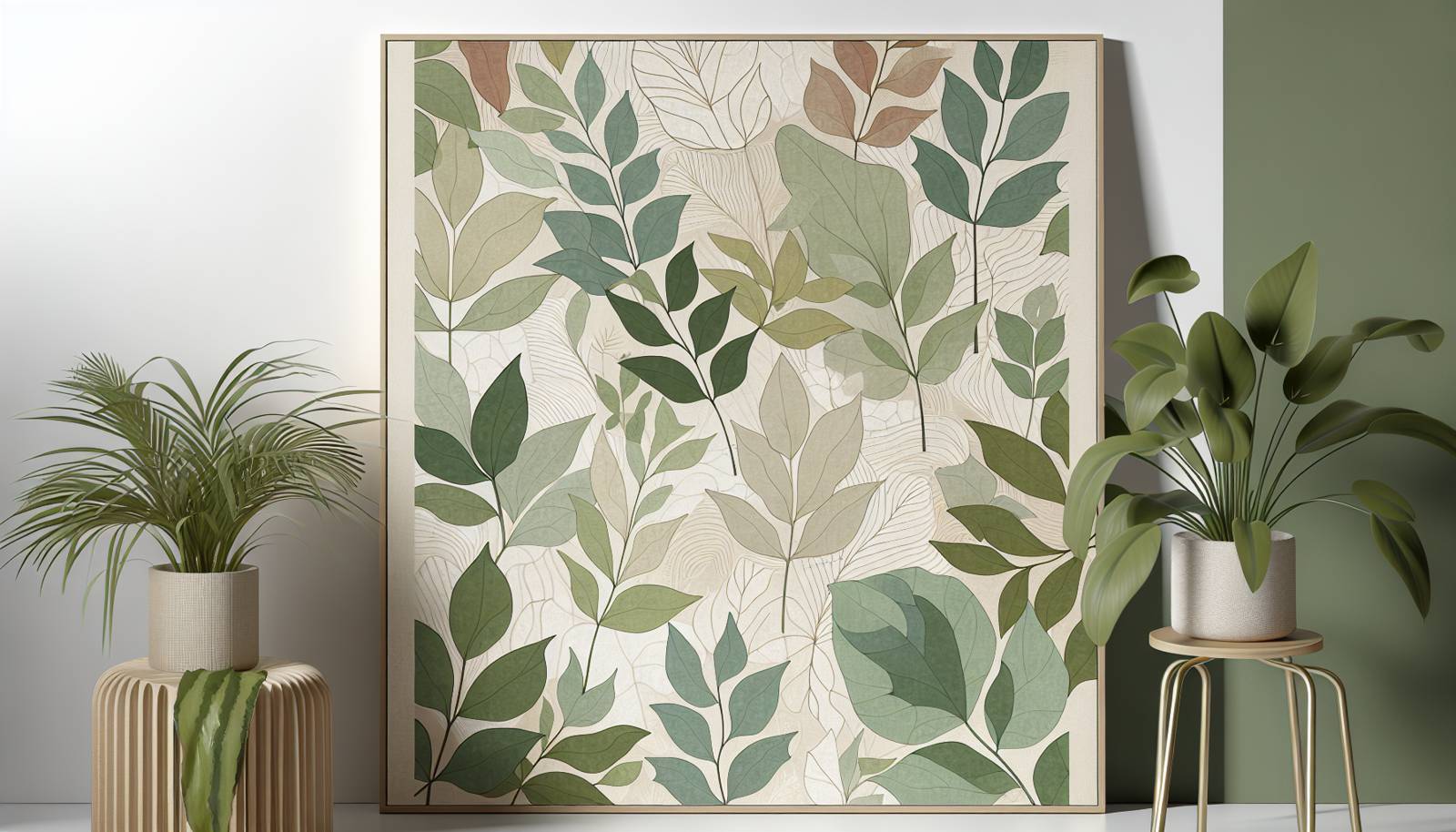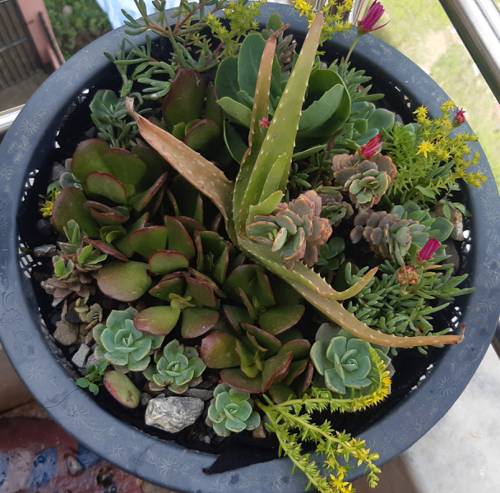
FAQ About Indoor Plant Pest-Resistant Growth Mediums

What are indoor plant pest-resistant growth mediums?
Indoor plant pest-resistant growth mediums are specially prepared or selected soil mixtures that incorporate natural elements to deter pests. These mediums aim to minimize the chances of pest infestations in indoor plants by using ingredients that naturally repel common pests.

Why is it important to use pest-resistant growth mediums for indoor plants?
Using pest-resistant growth mediums is essential because it reduces the need for chemical pesticides, which can harm both the plants and the environment. These mediums help maintain a healthy indoor garden by naturally deterring pests, leading to healthier plants and less maintenance work.

What are the common components found in pest-resistant growth mediums?
Common components of pest-resistant growth mediums include neem cake, diatomaceous earth, and essential oils such as eucalyptus or garlic oil. These ingredients have natural repellent properties that help prevent pests like aphids, fungus gnats, and mites.

How does neem cake work in pest-resistant growth mediums?
Neem cake, a byproduct of neem oil extraction, acts as a pest deterrent and a fertilizer. It contains azadirachtin, which disrupts the life cycle of many pests and prevents them from feeding, growing, and reproducing.

Can I make my own pest-resistant growth medium at home?
Yes, you can create your own pest-resistant growth medium by mixing basic potting soil with natural pest deterrents such as neem cake, diatomaceous earth, and essential oils. Experimenting with different combinations can help you find the best mixture for your plants.

Are pest-resistant growth mediums safe for all types of indoor plants?
Pest-resistant growth mediums are generally safe for most indoor plants, but it's a good idea to test the medium with a small portion of the plant before extensive use. Some plants might be sensitive to certain ingredients, so adjust the mixture as necessary.

Do pest-resistant growth mediums completely eliminate the need for pesticides?
While pest-resistant growth mediums significantly reduce pest issues, they may not eliminate the need for pesticides entirely. Regular monitoring and additional preventive measures might still be necessary to keep certain pests at bay.

What pests are commonly deterred by pest-resistant growth mediums?
Pest-resistant growth mediums effectively deter pests such as fungus gnats, aphids, thrips, and spider mites. The natural components in these mediums create unfavorable conditions for these pests to thrive.

Can commercial potting mixes be used as pest-resistant growth mediums?
Some commercial potting mixes are formulated with pest-resistant properties, while others can be easily enhanced with natural additives like neem cake or diatomaceous earth. Always check the product label or ingredients for pest-repelling features.

How does diatomaceous earth contribute to pest resistance in growth mediums?
Diatomaceous earth is a powder made from fossilized remains of tiny, aquatic organisms called diatoms. When sprinkled in growth mediums, it abrasively damages the exoskeleton of pests such as ants and mites, leading to their dehydration and death.

Are organic growth mediums also pest-resistant?
Many organic growth mediums can be pest-resistant if they contain natural repellents like neem, garlic, or cinnamon. However, not all organic mediums inherently have these properties, so it's important to verify their ingredients and effects.

How can coconut coir be used in pest-resistant growth mediums?
Coconut coir, being naturally resistant to mold and bacterial growth, can be a component of pest-resistant growth mediums. Combining it with other pest deterrents enhances its effectiveness in keeping pests away from your plants.

Should pest-resistant growth mediums be used for seed starting?
Pest-resistant growth mediums can be beneficial for seed starting as they provide a healthy, pest-free environment that can help young plants grow strong and robust. However, ensure that the medium is free of harsh chemicals that might affect tender seedlings.

Can pests develop resistance to pest-resistant growth mediums?
Pests are less likely to develop resistance to natural compounds found in pest-resistant growth mediums compared to chemical pesticides, as these natural components work in complex ways to deter pests, interfering with their biological processes.

What is the role of essential oils in pest-resistant growth mediums?
Essential oils like peppermint, lavender, and eucalyptus provide scent-based deterrents against pests. Their strong aromas can repel insects, while certain oils also have insecticidal properties that make them effective in pest management.

Can compost be used as a pest-resistant growth medium?
Compost itself is not specifically pest-resistant but can be coupled with pest deterrents like neem or diatomaceous earth to enhance its effectiveness. It provides nutrients to plants while supporting a balanced microbiome that can be less inviting to pests.

Is there a specific brand known for pest-resistant growth mediums?
Several brands offer pest-resistant growth mediums, like Espoma and Black Gold, which include natural repellents. Look for key ingredients such as neem, pyrethrum, or diatomaceous earth on their labels.

Can hydroponic systems benefit from pest-resistant growth mediums?
Hydroponic systems can incorporate pest-resistant growth materials, such as certain hydroton or rock wool, that are inhospitable to pests. Additionally, these systems can include additive solutions with pest-repelling properties.

How should I store pest-resistant growth mediums to maintain their effectiveness?
Store pest-resistant growth mediums in a cool, dry place away from direct sunlight to maintain their effectiveness. Proper storage prevents degradation of natural pest-repelling compounds, ensuring they remain active and potent.

Can pest-resistant growth mediums be used for outdoor plants?
Yes, pest-resistant growth mediums can also be used for outdoor plants. They provide the same benefits of reducing pest presence and chemical use, especially when starting or transplanting seedlings in gardens or containers.
